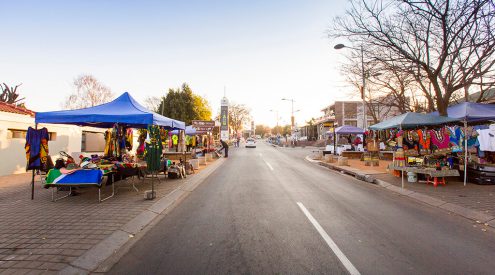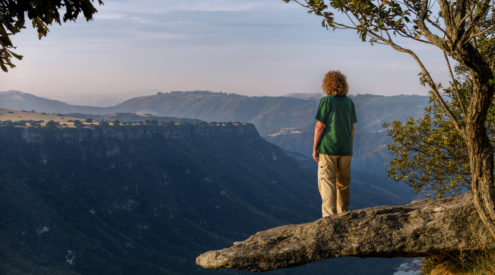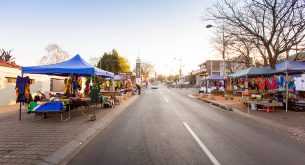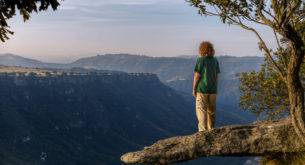After four weeks of extraordinary content, we are sadly drawing to a close of the #AfricaBBC series on BBC Knowledge. The last episode (airing this Sunday at 18h00 – DStv Channel 184) concludes BBC’s quest to show us the natural history of Africa and its wildlife like we have never seen it before.
Episode 5 – Sahara
The epic finale focuses on the last of the five geographic regions: the Sahara. In this episode we will uncover the barn swallow and how these birds make a truly remarkable journey flying thousands of miles across the expanding Sahara.
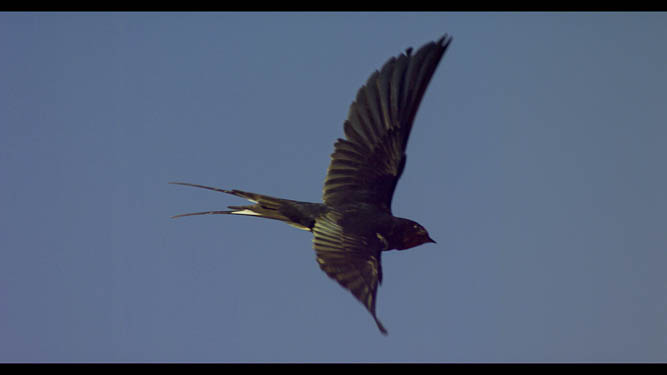
A barn swallow (Hirundo rustica), weighing less than 20 grams, signifies the arrival of summer in the UK - but only once they've made a truly remarkable journey, thousands of miles across the Sahara. © BBC 2012
The crew also reveal how the species living in the Sahara have adapted to the high temperatures and harsh living environment, such as that of the silver ant in their ‘space suits’, the fringe toed lizard and the most awkwardly looking naked mole rats.
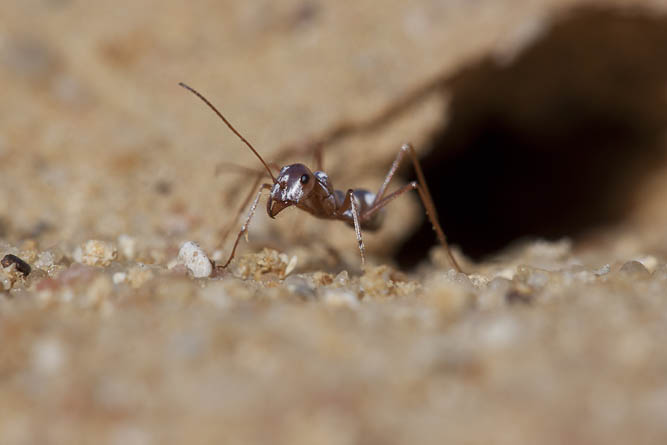
The silver ant is the Sahara's true desert survivor. When the Sahara formed most animals became fugitives. But this ant stayed, exploiting its 'space suit' of reflective silver hairs to reflect the heat and a pinpoint navigation system to ensure it always takes the shortest route back home, to shade and safety. © Felicity Egerton
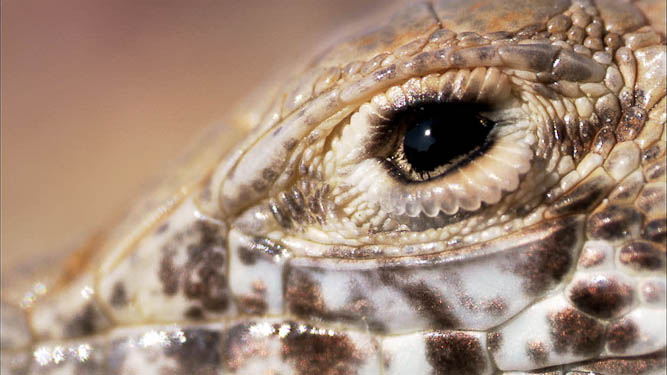
A fringe toed lizard keeps a beady eye out for its prey, in a stake out under the scorching sun. The lizard is adapted to withstand the heat but sometimes even it has to flee for the shade before its prey emerges onto the sand?. © BBC 2012
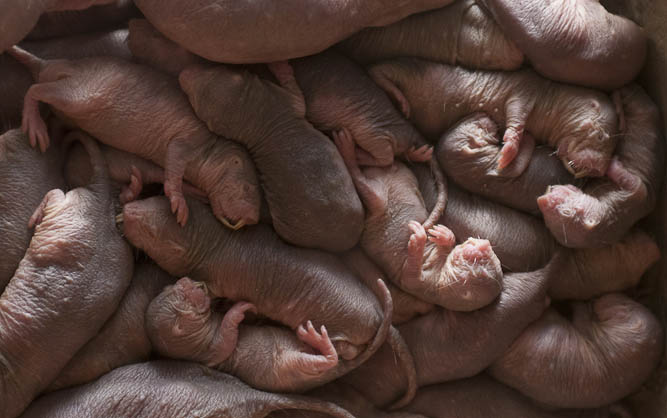
A colony of naked mole rats take time off from their labours to rest in a communal chamber. Mole rats escaped the tyranny of the sun over north Africa by going underground, but in so doing became the most extreme of specialists; losing their hair, their sight and even the ability to control their own body temperature. Naked mole rats are some of the Earthâ??s strangest creatures - but that is what it takes to survive in north Africa. © Justin Maguire
If you caught last week’s episode – Africa on BBC Knowledge Episode 4: Cape – you’ll have seen the footage of a Great White shark feeding on a whale carcass off the coast of the Cape. To film that, cameraman Richard Matthews floated on a platform in the water next to the carcass so that he could get an eye-level shot of the shark feeding. Check it out:
There’s still time to win a R24 000 holiday by sharing your pics
Concluding this astonishing series – in association with BBC Knowledge we are offering viewers the chance to win an exclusive East African adventure holiday through Kenya, Malawi, Tanzania, Zambia and Zanzibar. To enter, post a personal picture of Africa and/or its wildlife via a tweet using #AfricaBBC or on our Facebook page: http://www.facebook.com/GetawayMagazine.
Each week the top finalists are selected – so if your pictures haven’t made it yet you still have until 24 March 2013 to submit your African gems.
Visit our competitions page to see full details of the competition and be sure to check out the full terms and conditions here or at http://bbcsouthafrica.com.
More images from Africa: Episode 5 – Sahara
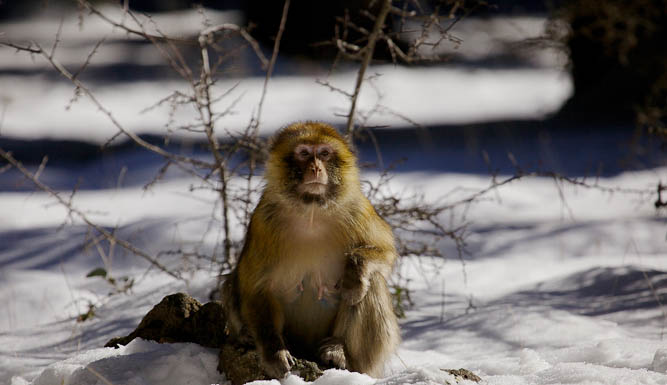
A Barbary macaque, its kind were separated from their ancestors in the south when the Sahara first formed, and are now trapped in the snow-capped Atlas Mountains. © Tom Thurston
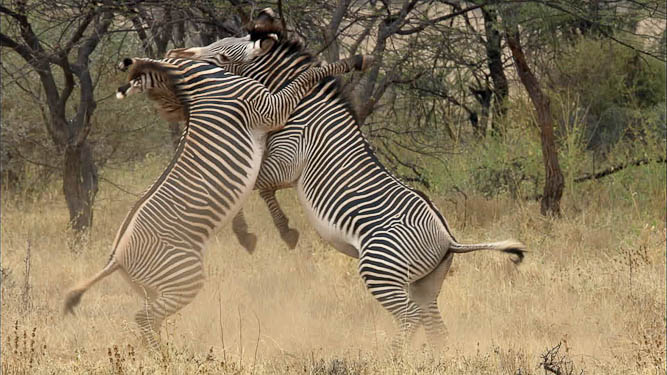
Two male Grevy's zebra rear up on their hind legs in an attempt to dominate one another. Grevy's zebra are the largest of the zebras and are supremely adapted to desert living. They fight to defend territory and for access to females, who wander the land in search of males. © BBC 2012
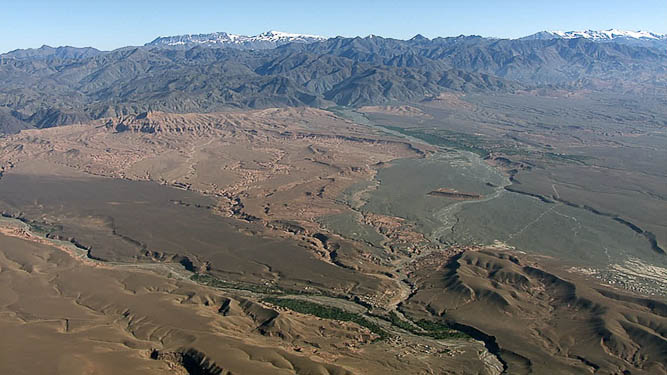
The snow-capped Atlas Mountains seen from the edge of the Sahara desert. Within the last 10 000 years, a subtle change in the Earth'??s orbit precipitated dramatic change in north Africa â?? an apocalypse that turned the land into the desert it is today. But the very tops of the Atlas Mountains, seen on the horizon, were high enough to escape the disaster. © BBC 2012
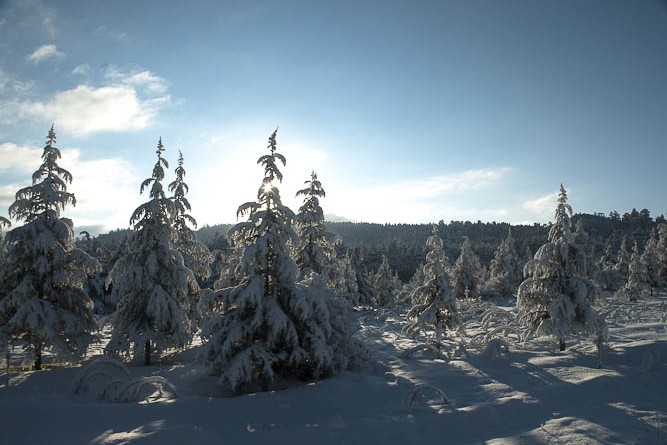
Deep snow covers cedar trees, a rare image of north Africa. The Sahara has been a desert for less than 10 000 years. A shift in the climate caused a rapid and catastrophic transformation in the north of the continent. Savannah turned to dust, lakes dried out and forests fell â?? except this one, an island in the sky on the slopes of the Atlas Mountains. © Matthew Wright
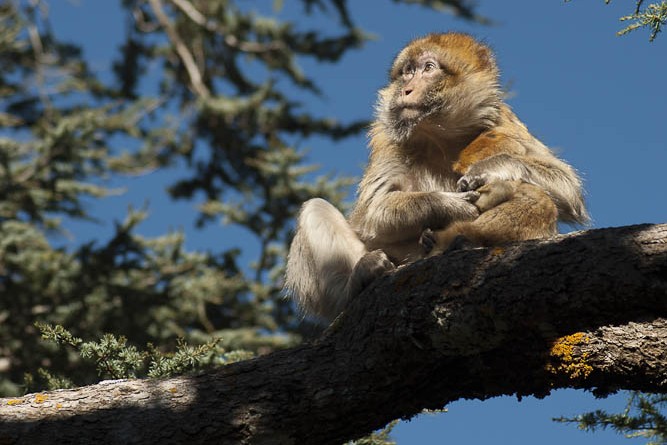
A Barbary macaque, clutching its infant, is perched in a cedar tree high in the Atlas Mountains in mid winter. Much of north Africa including the Sahara was once forested and this small patch is one of only a few areas that remain. © Matthew Wright
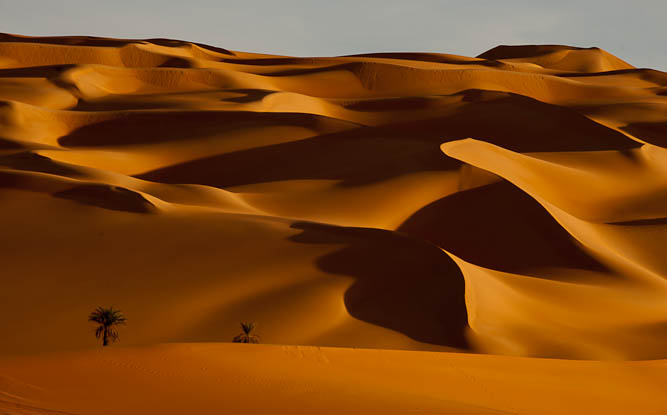
Libya's Sand Sea; 1 000 000 square kilometres of exquisitely sculpted banks of sand, is one of the hardest places on Earth for life to survive. As wind stirs the sand grains the dunes begin to 'sing'. © Ian Llewellyn
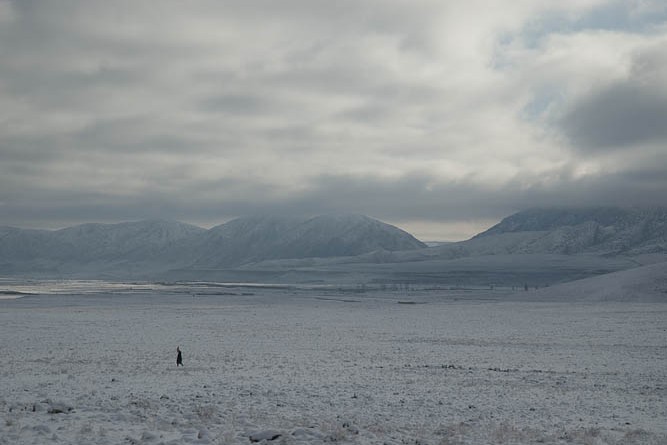
Snow covered plateau in the Atlas Mountains - the north of this continent is dominated by the Sahara desert so images like this are rare. The team returned to this corner of Africa three times to try to film falling snow. © Matthew Wright
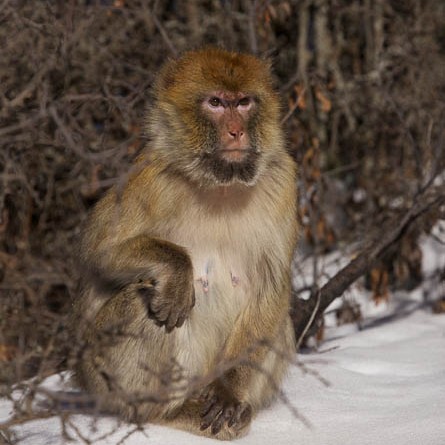
Monkeys are a familiar sight in Africa, snow on the other hand... Barbary macaques live within sight of the searing hot, Sahara desert but are trapped high in the ice-cold Atlas mountains. Their ancestors escaped hardship of one kind only to face another. © Tom Thurston
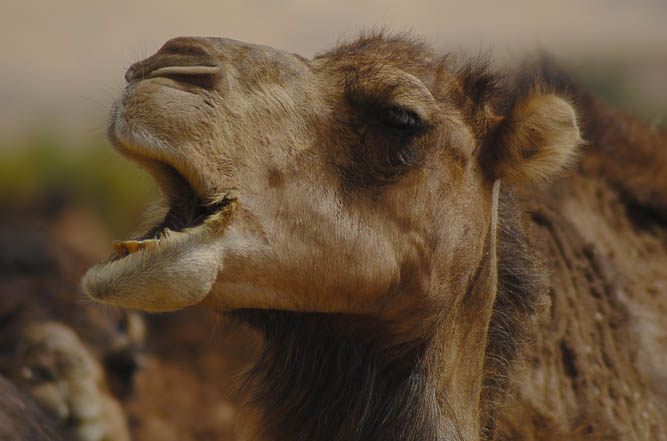
The camel is the only pack animal able to withstand the rigours of the Sahara. But since a monumental shift in the Earth's climate caused the formation of the desert, and its expansion year on year, camels have had to walk further, much further, between sources of water. © Katrina Bartlam
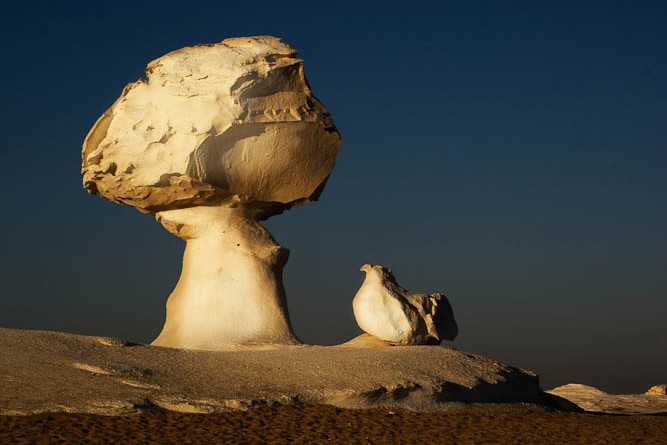
The White Desert in Egypt is dominated by strange formations, ancient coral reefs carved and shaped by wind blown sand. © Rupert Barrington
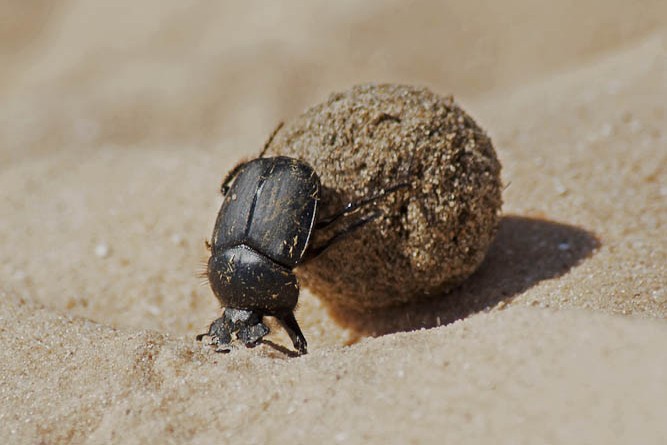
A dung beetle rolling a ball of camel dung. The Sahara is perhaps the most challenging environment for these beetles to survive on the continent. A rare dung pile, left by travelling camels, might be the only chance a beetle has to provide food for their young. But the hot sand and burning sun turn the dung roll into a race against time, with the odds stacked against the beetle. © Katrina Bartlam

